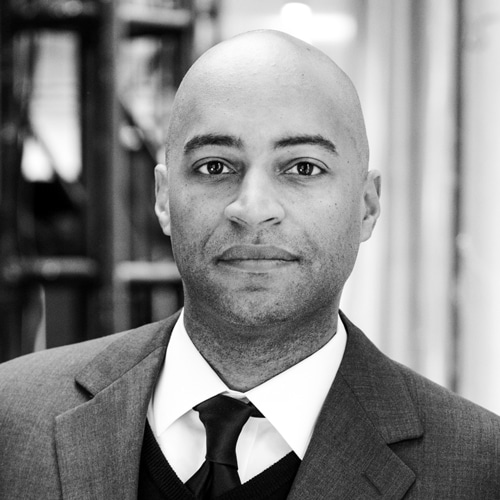Identify the Priorities
Any organization with a long-term outlook, whatever their size or mission, needs a focus on compliance. When I joined Rosetta as general counsel in August 2013, I was informed the [former] general counsel had served as the de facto chief compliance officer. While the management team’s first priority was to replace the outgoing general counsel, I was empowered to address what I saw as priorities. I identified compliance as an area where I could, with very minimal lead time, make a quick and meaningful impact for the organization. One of the first things I wanted to prioritize was formalizing the compliance role and establishing a compliance group patterned after those with which I was familiar from working in the integrated energy sector.
Formalize the Process
Most of our employees and managers have worked in much larger organizations with robust compliance functions. This gave us a head start as they already understood the importance of creating an ethical organization. We wanted to be methodical in analyzing and improving our compliance program. We knew that Rosetta had a robust code of conduct and an annual certification process during which all employees certified they had read our ethics code and reported any infractions. Rosetta also maintained a hotline for employees and third parties to report issues anonymously. Finally, the board and management received regular compliance updates. While we have refined some of those processes, I felt we had a solid base upon which to build.
Create the Team
Historically, our legal staff had assisted our human resources group in handling inquiries related to compliance. I wanted to create a stand-alone compliance group, so I added chief compliance officer to my title, not because I need a longer title but to make sure the compliance function was highly visible within the organization. I also hired a dedicated compliance specialist.
Get the Word Out
My compliance specialist, Angela Barnes, and I looked at existing processes related to compliance and have tried to improve those. We made the annual certification process electronic, posted fliers with the phone number for the ethics hotline in public areas, and sent letters to our vendors informing them of the availability of an anonymous hotline. We also attended different department staff meetings to explain our function, answer questions, and inform employees about ways we can help. We’ve rolled out new online training modules that educate employees on topics such as conflicts of interest and insider trading. We also began publishing a monthly compliance newsletter that is distributed to all employees.
Seek Outside Review
You are never done with improving and there are several areas that we are focused on in the near term. We plan to have a third party, the Corporate Executive Board (CEB), conduct an assessment to look for gaps in our compliance program. The CEB specializes in working with midsize companies by providing peer data and resources that were traditionally only available to much larger companies. Finally, another near-term goal will be the rollout of a compliance and ethics committee. This committee of management and key personnel will assist us in identifying compliance issues at all levels of the organization.

